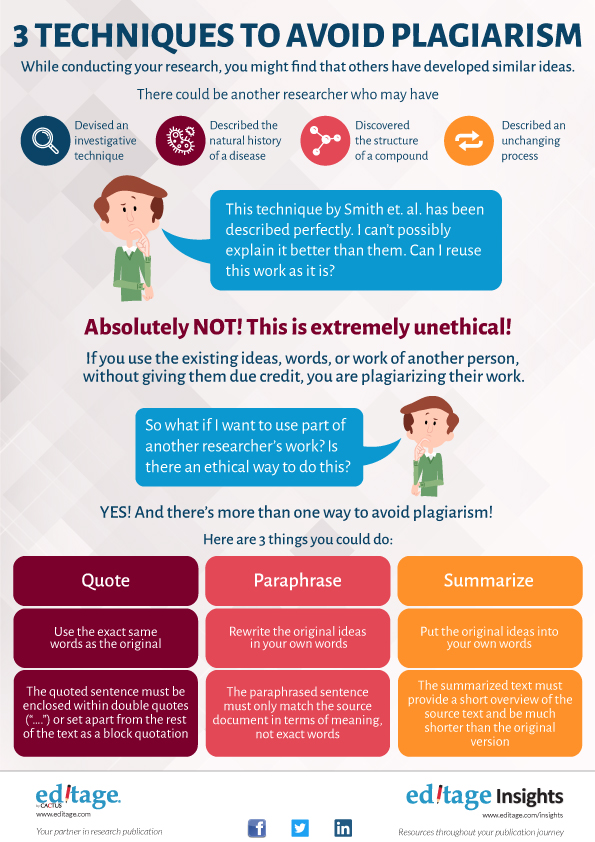Circulation Desk
Email a Librarian
Learning how to use direct quotations, summarizing, and paraphrasing is essential to avoiding plagiarism. To learn more about these ways to use other people’s ideas watch this video from PALNI.

It is difficult understanding which technique to use to avoid plagiarism. Here are some tips on when and how to use quoting, summarizing, and paraphrasing:
| Direct Quotation | Paraphrasing | Summarizing | |
|
What |
|
|
|
|
Why |
|
|
|
|
When |
|
|
|
|
How |
|
|
|
Use the Madonna Writing Center’s Safe Assign draft checking software to see whether you have unconsciously plagiarized material. Note: Plagiarism checkers are not 100% accurate, so use your own judgement with the results.